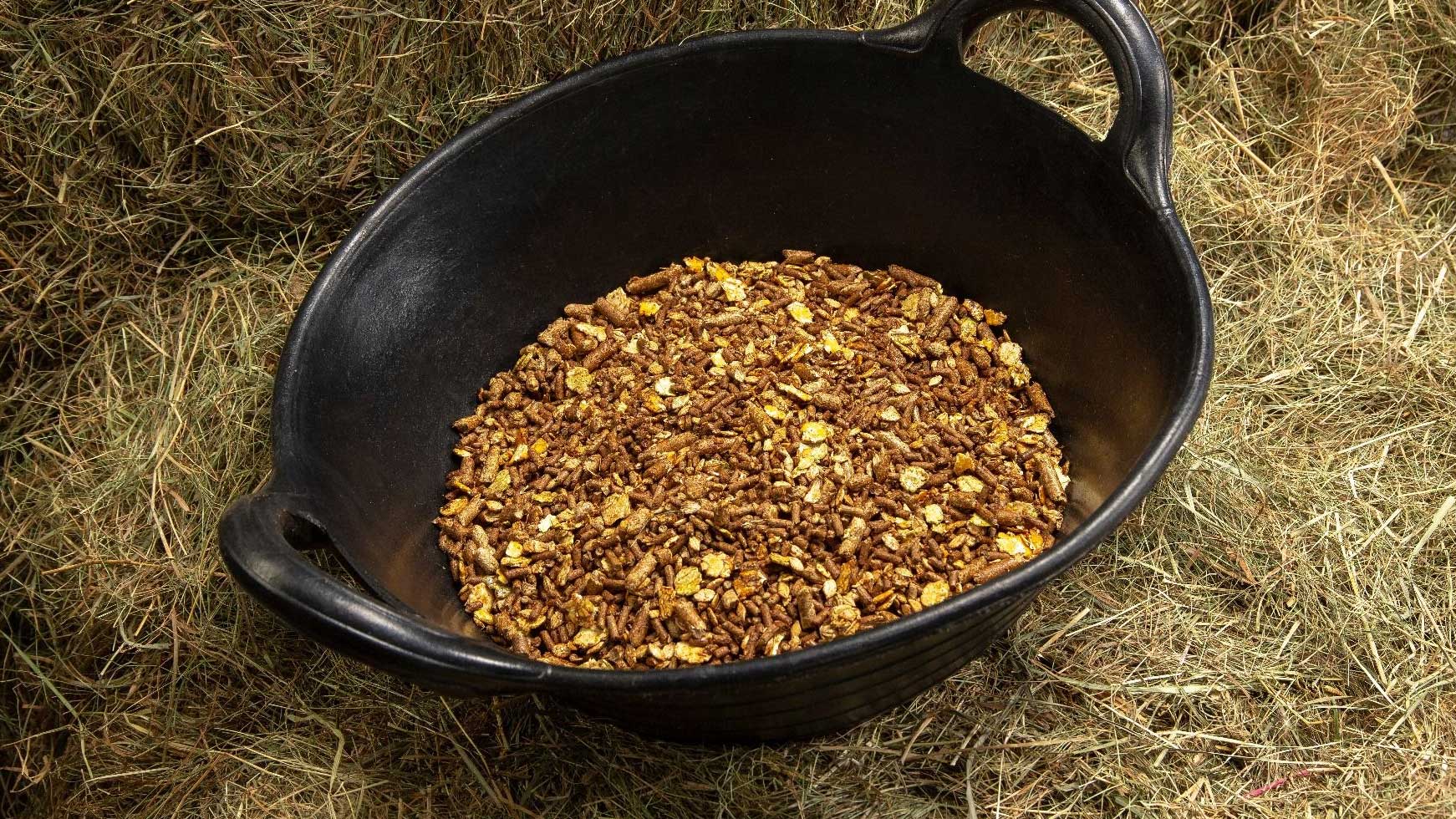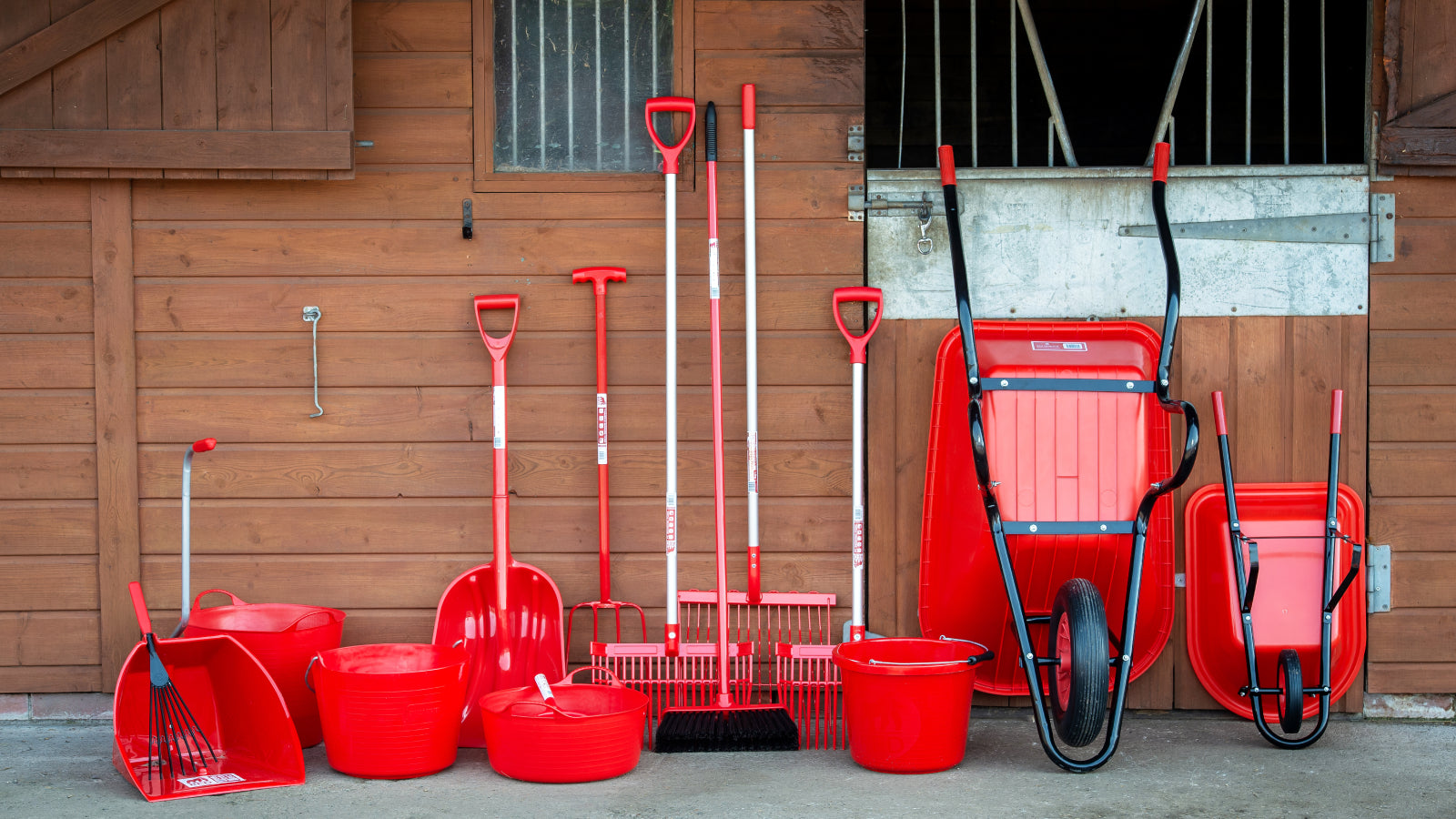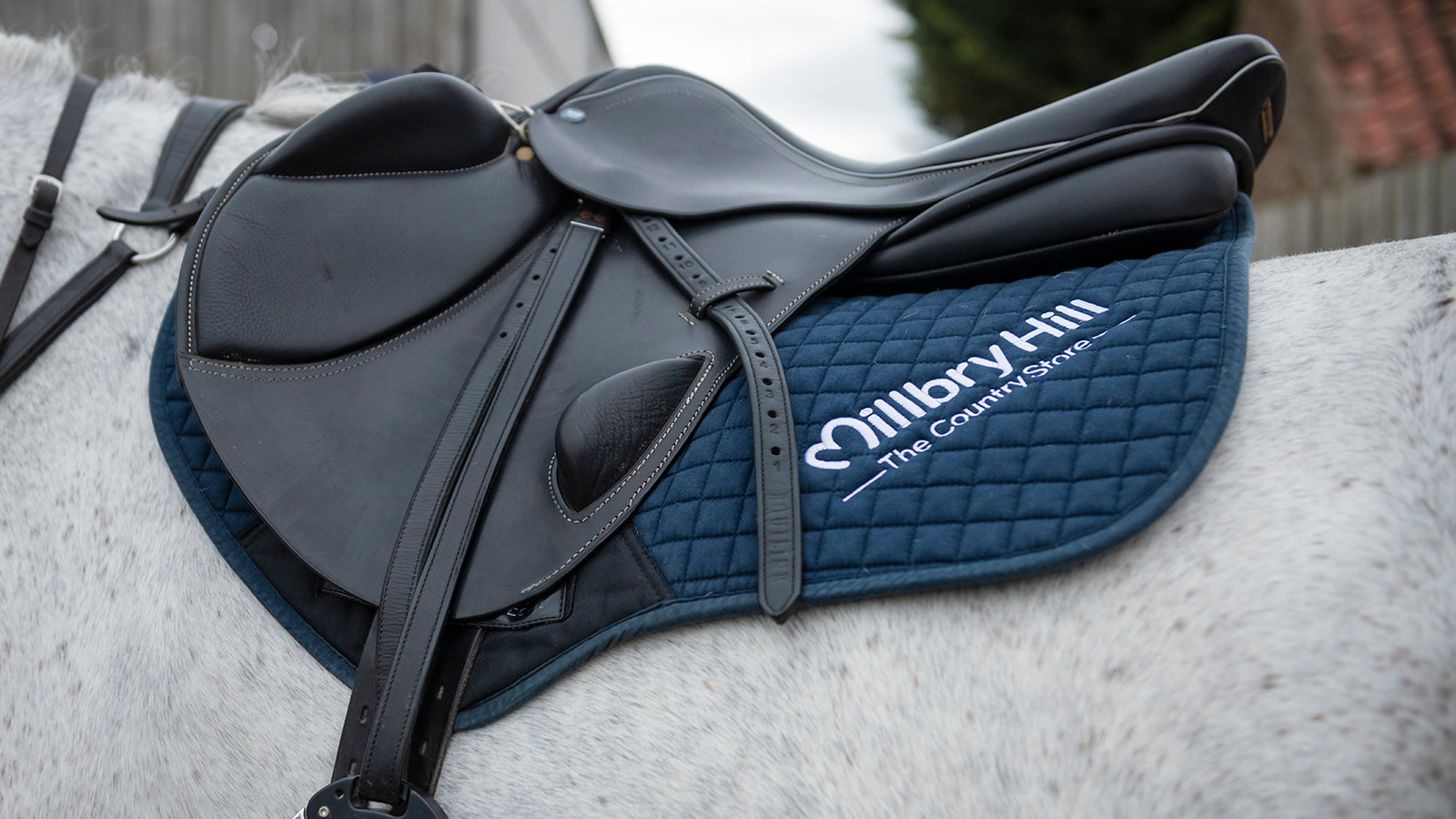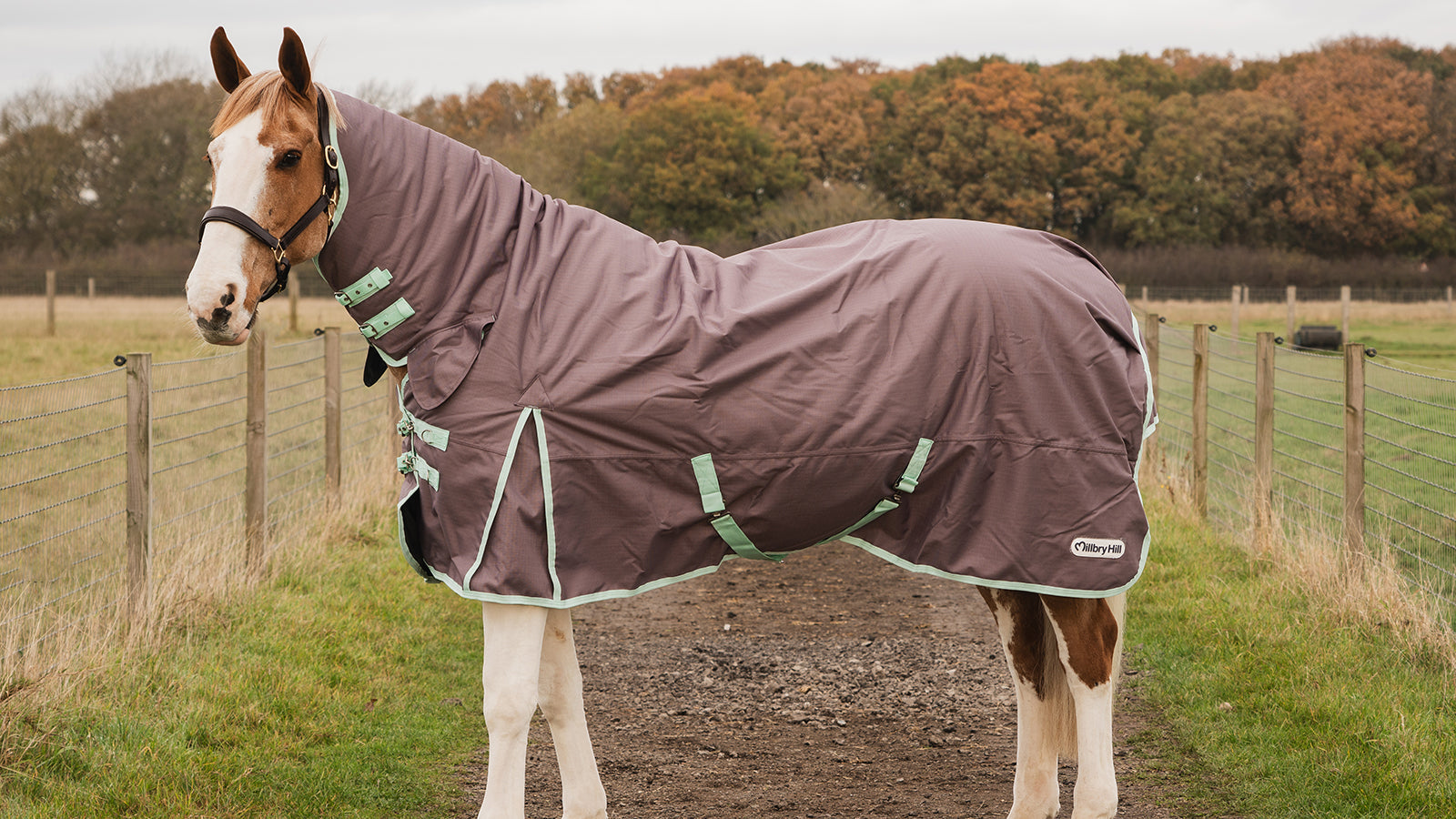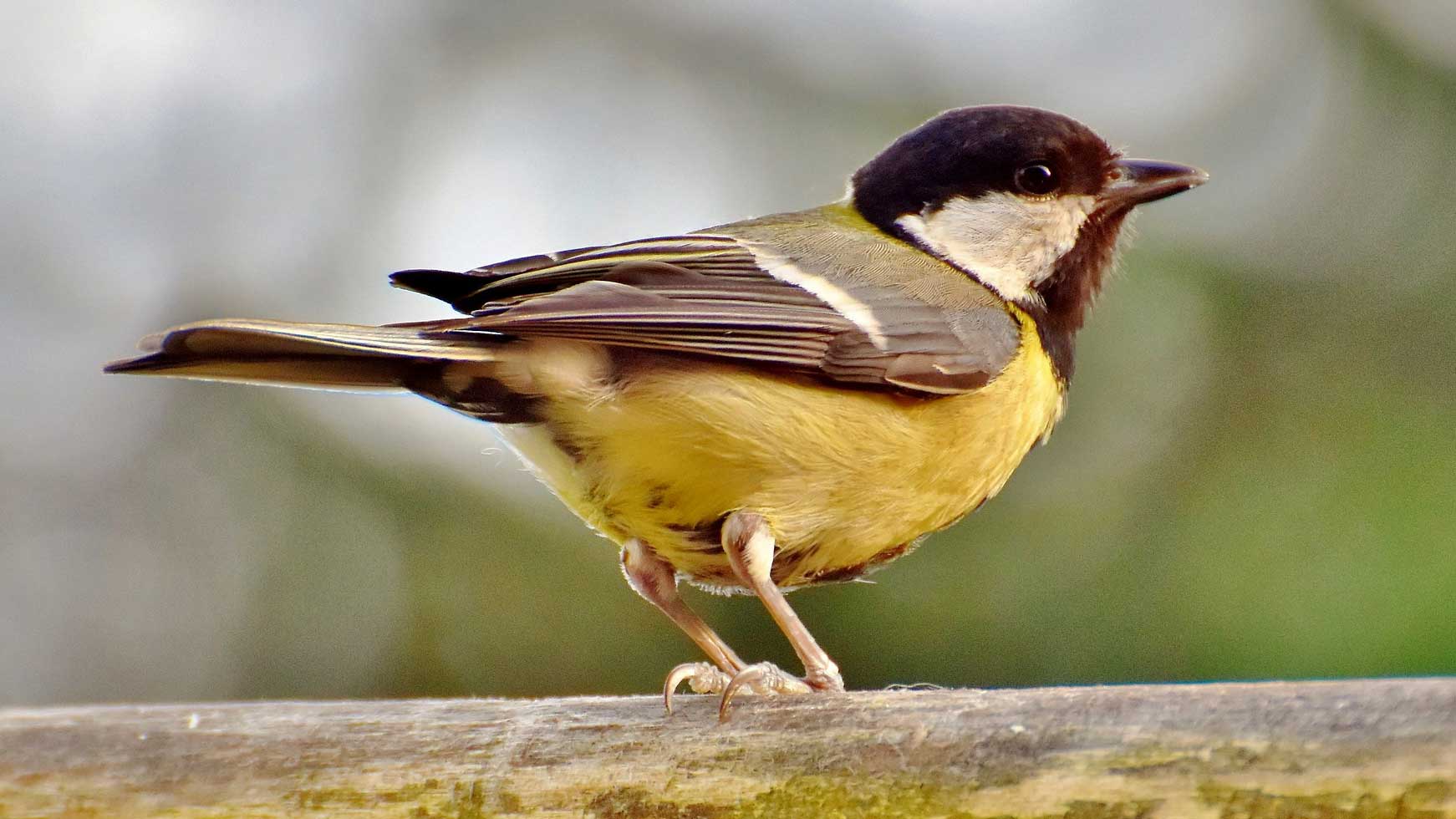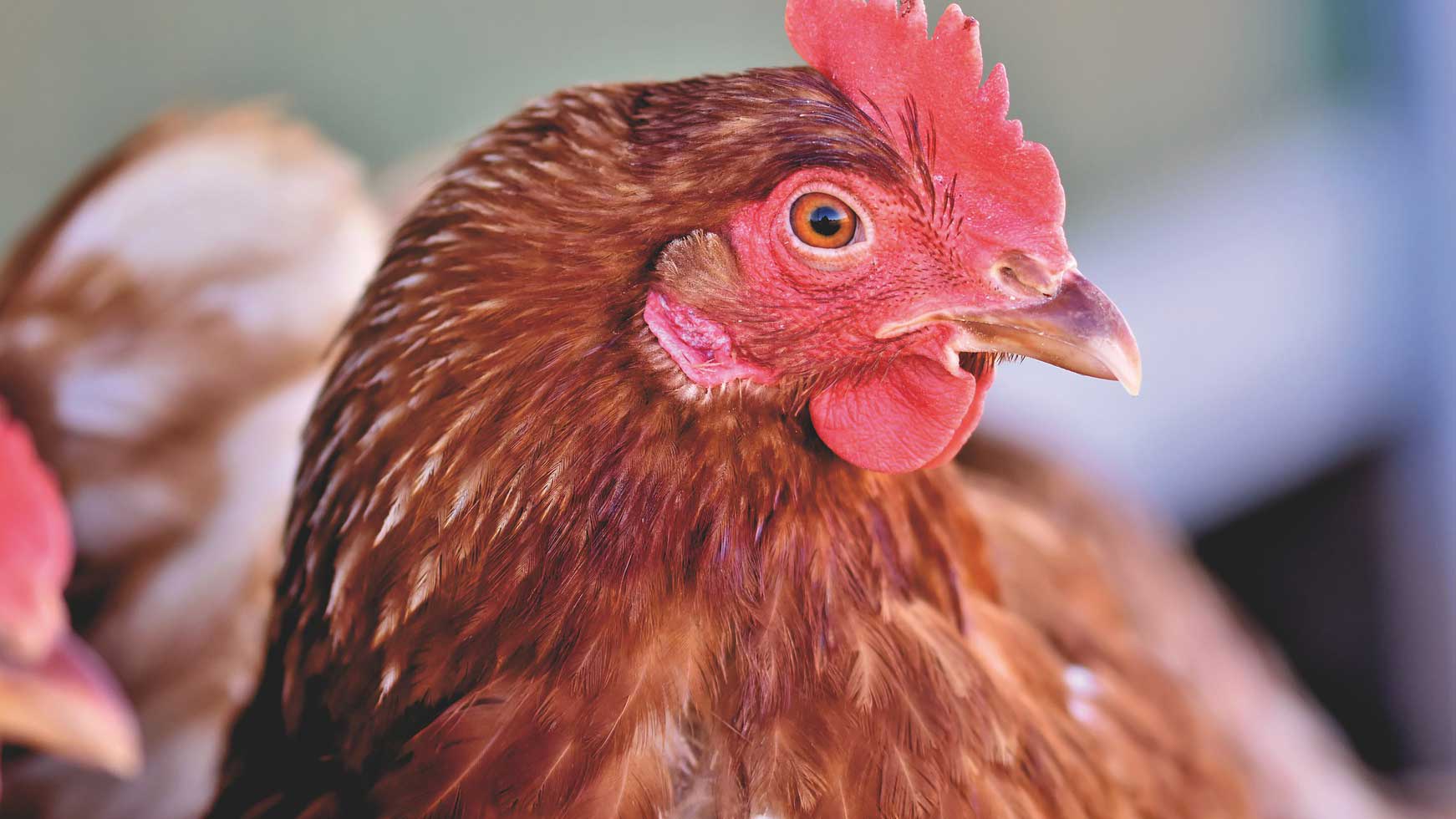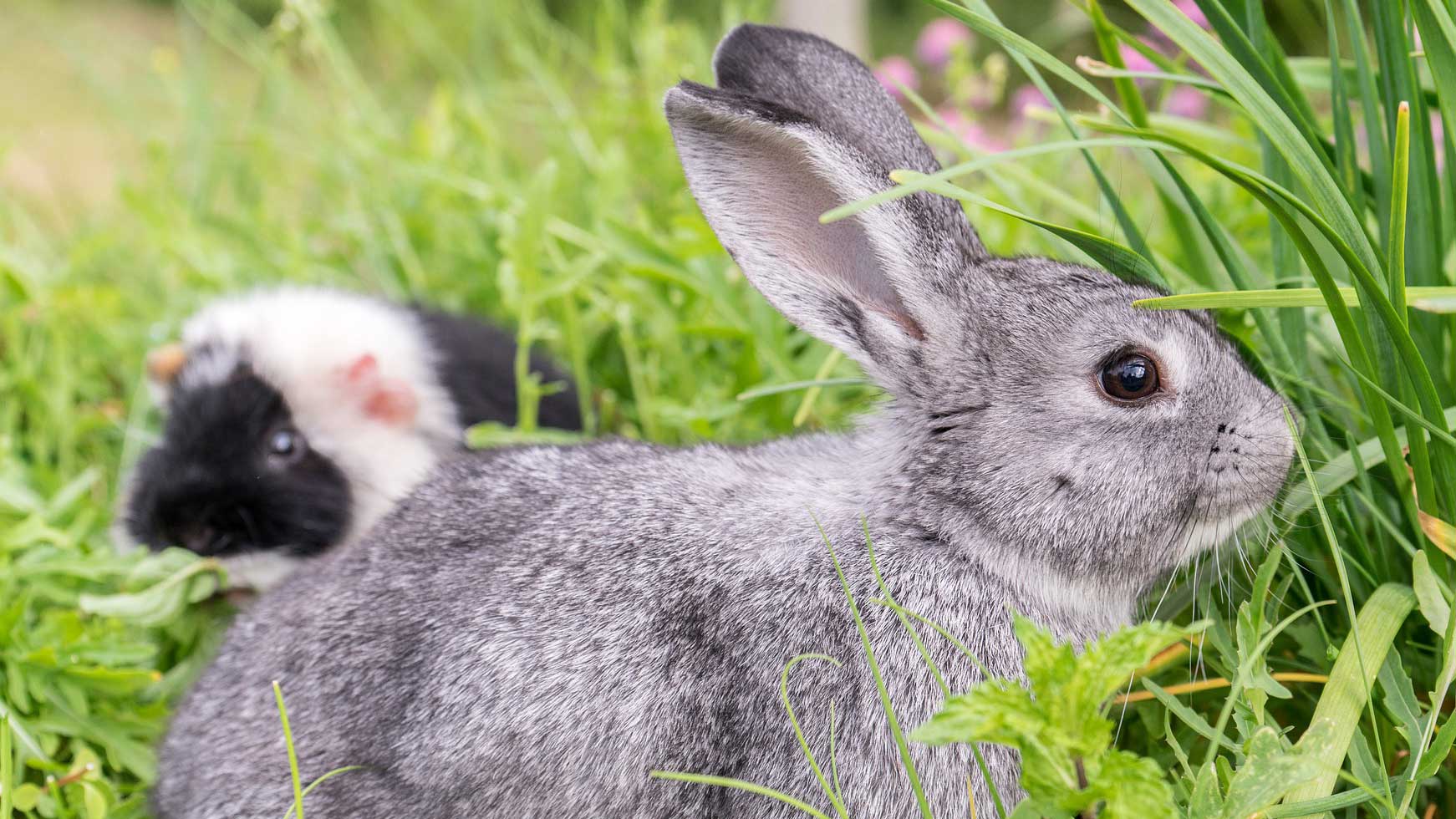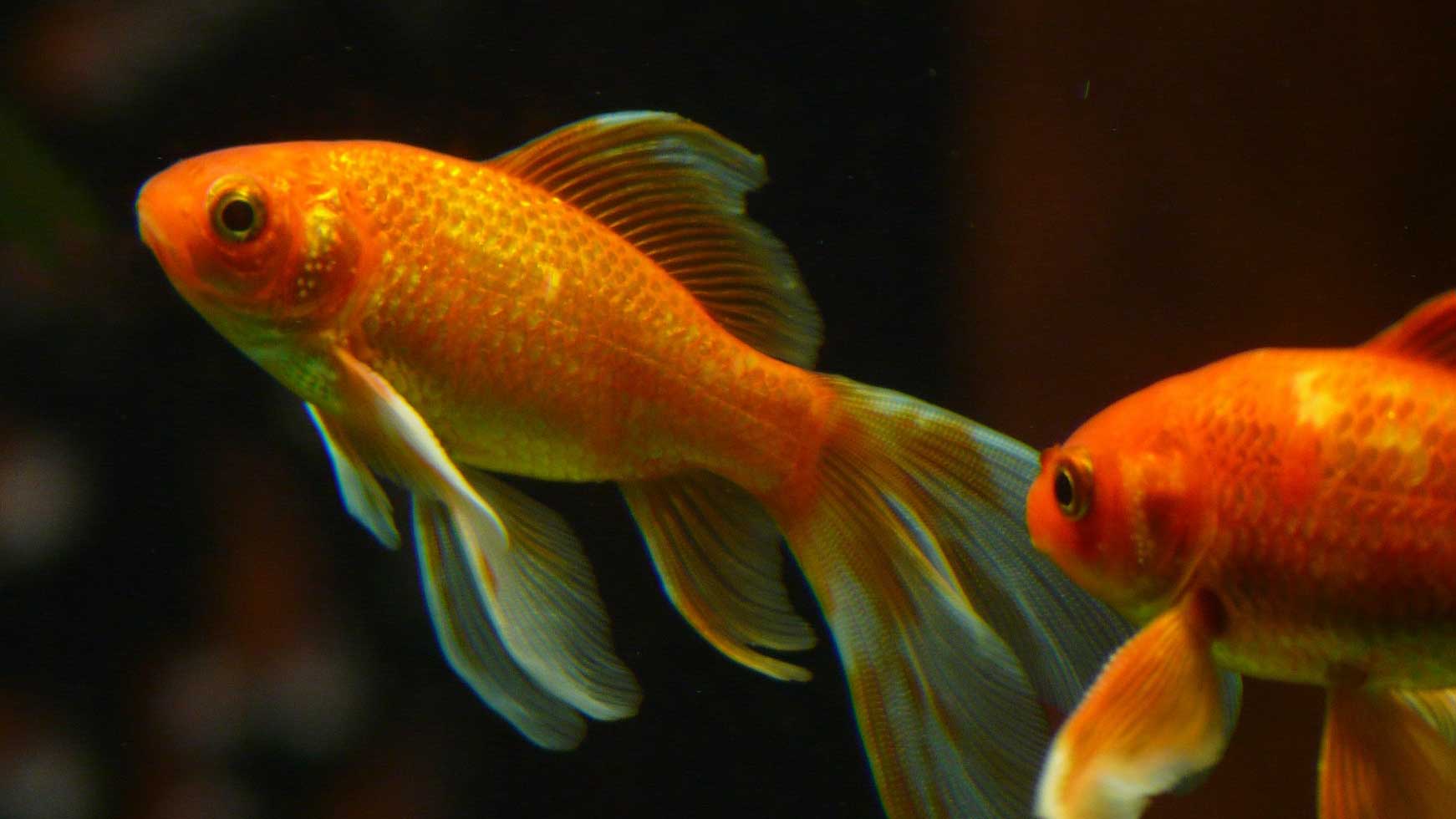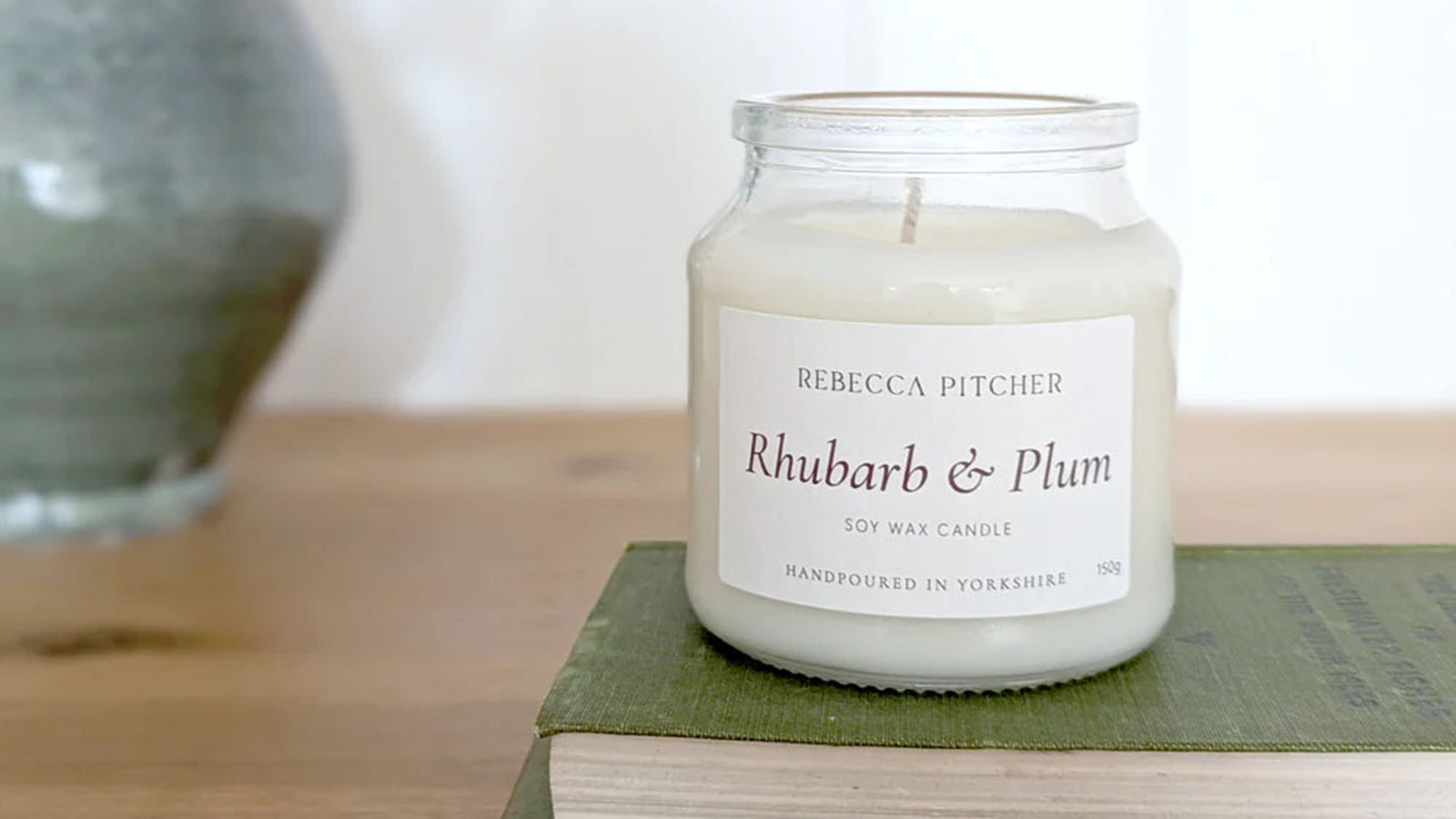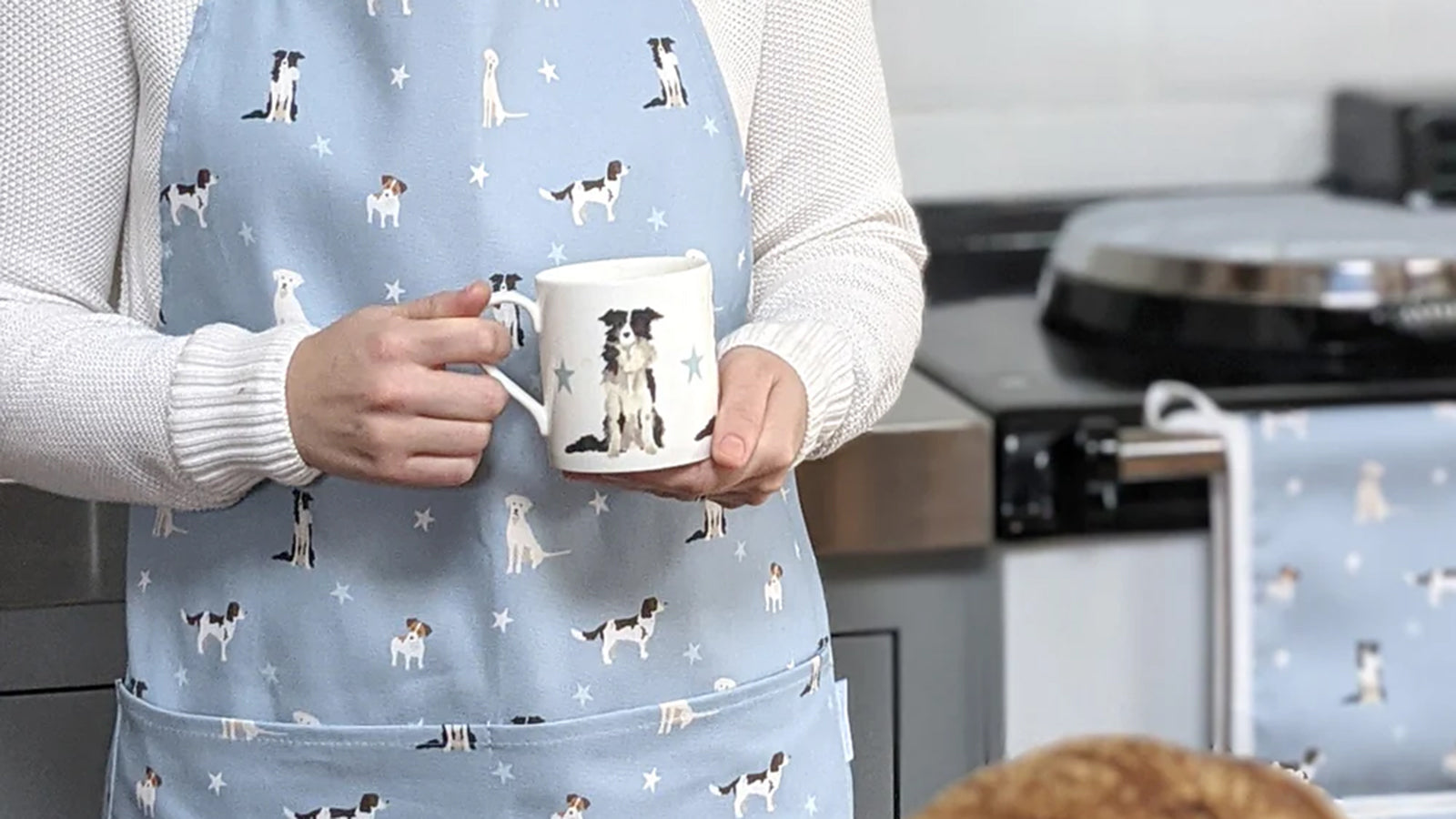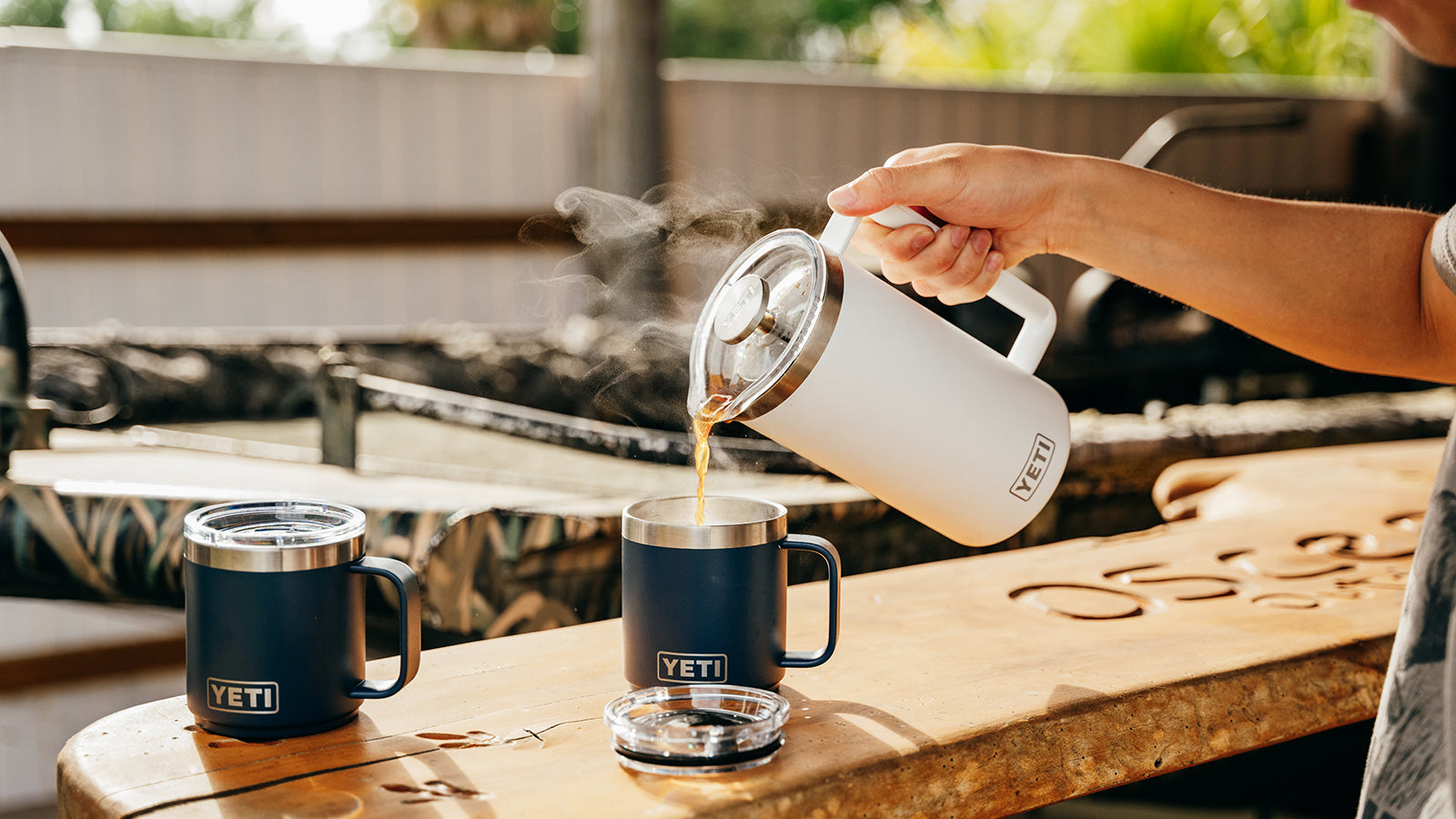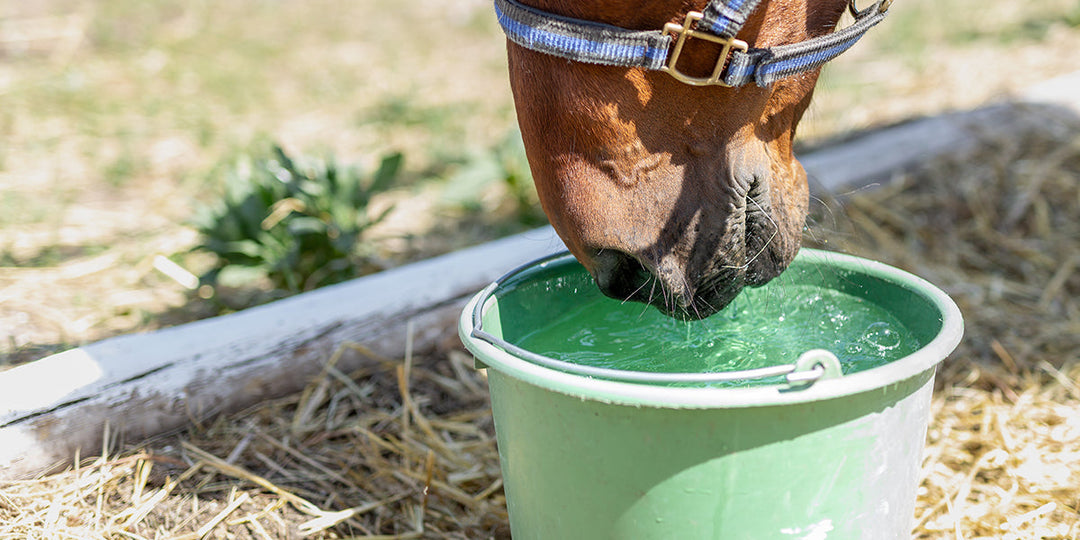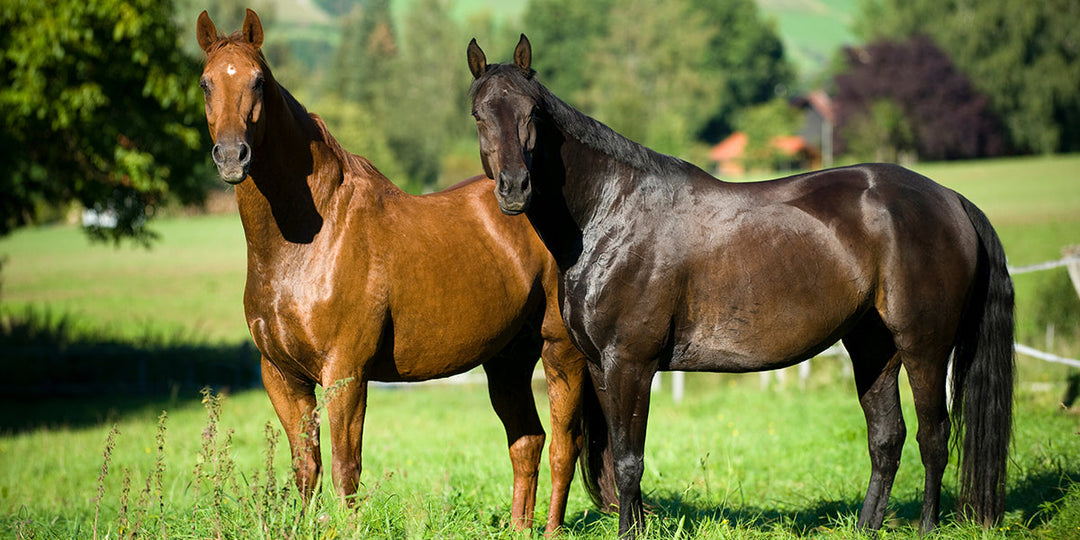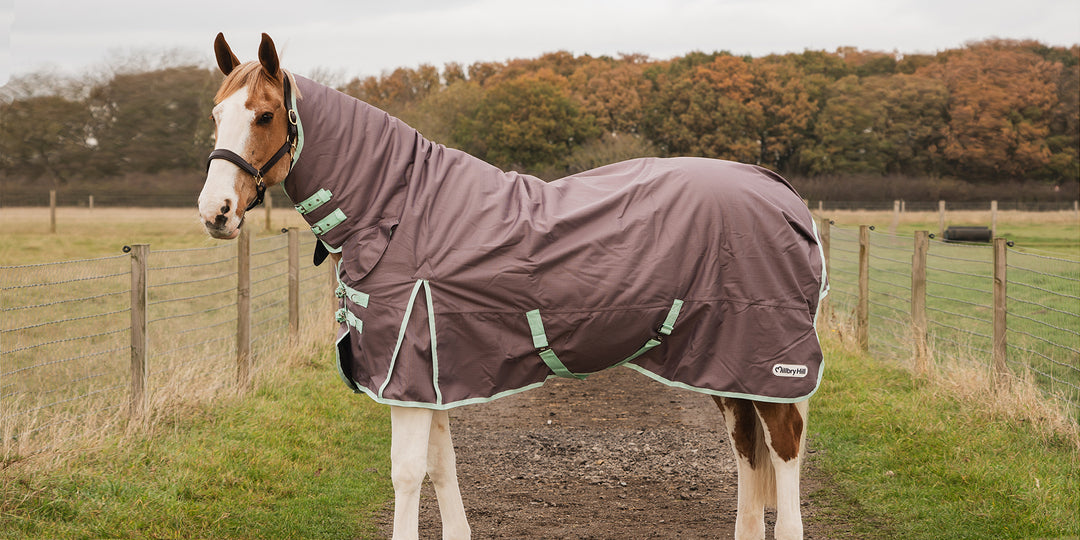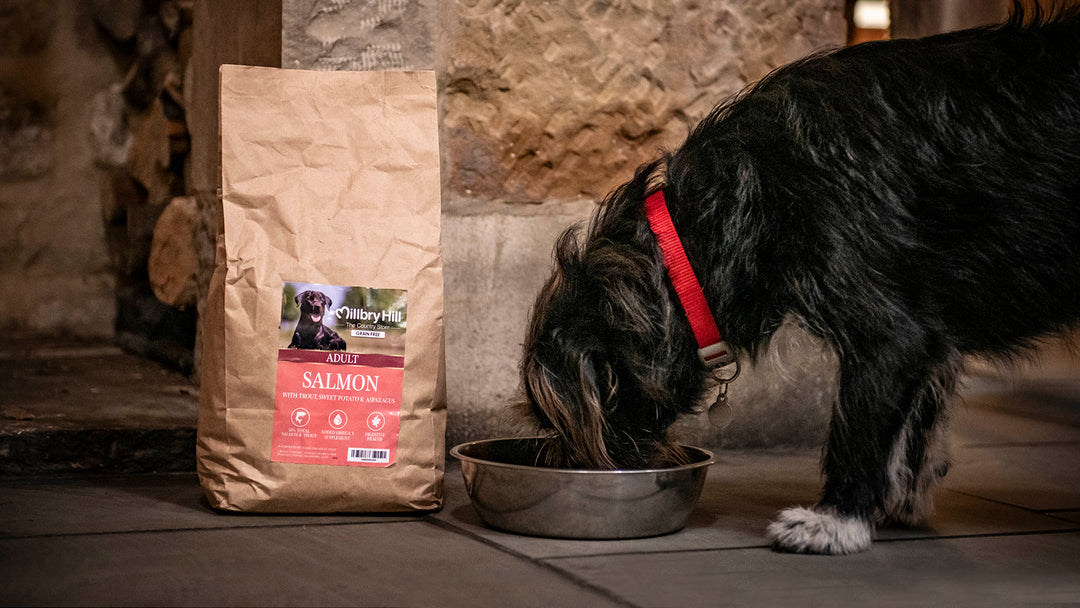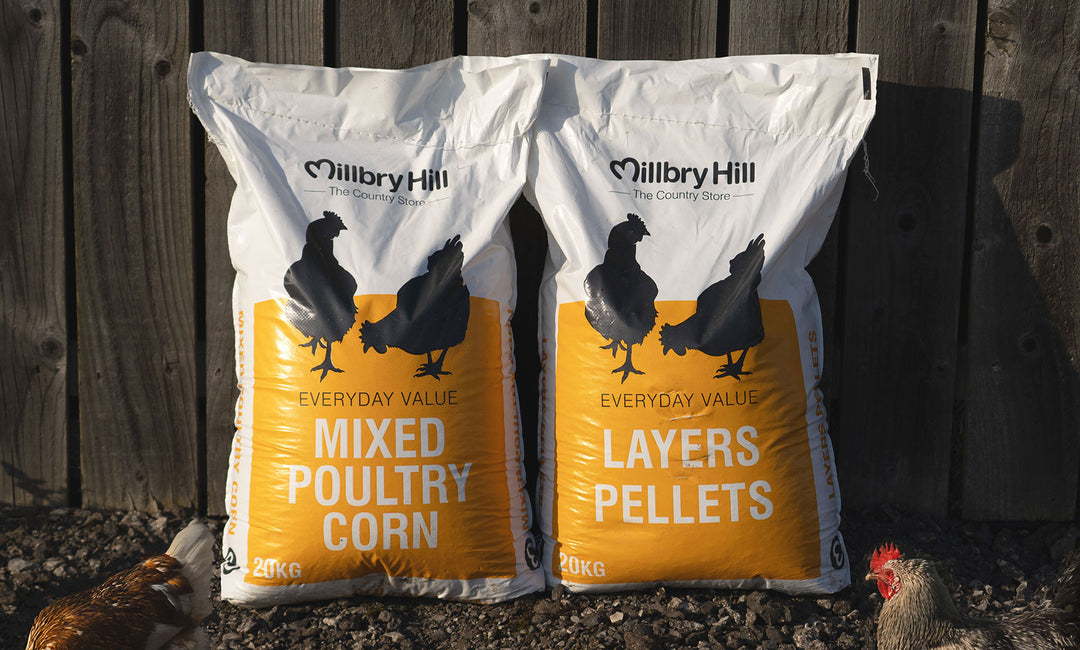Forage – what’s the alternative?
In our latest blog, we take a look at reasons why we may need to feed a forage replacer, and the alternatives to feeding hay and haylage to horses and ponies, with the experts at Dengie.
There are times when forage is in short supply or what you have available just isn’t right for your horse. In these situations, short chops, high fibre mashes and pellets, such as the products from the Dengie range, can be really useful alternatives. There is something to suit every horse or pony whatever their needs.

The main reasons for feeding a forage replacer
Poor dentition
Poor dentition is not just a problem for older horses and ponies as diastemas are increasingly being diagnosed in horses of any age. If the horse can still manage a short chop then one that can be used as a complete forage replacer is a good starting point. Examples include Dengie Pure Grass, a natural blend of UK-grown grasses, or Dengie Hi-Fi Senior, which can be fed to horses of any age, combines grass and alfalfa. They should be fed on a weight for weight basis to replace hay.
If the horse can no longer manage any chopped fibre then Dengie Grass Pellets can be soaked and fed as a mash alongside other soaked feeds such as Dengie Alfa-Beet.

Lack of forage
The British weather is increasingly unpredictable. Over recent years there have been frequent occasions when forage is in short supply and subsequent price rises. A forage replacer can help to make the usual hay ration last longer. Using a couple of kilograms of a chopped fibre feed everyday to make up the horse’s total forage requirement means you don’t have to make a sudden or complete change to your horse’s diet when you run out of forage completely and is often easier to manage financially.
If the hay replacer is higher in energy, it may mean you can reduce the rest of the bucket ration and just use a balancer or supplement alongside the forage which will help to make things more cost effective too.

Forage that’s just too good.
Sometimes the forage provided as part of your livery package or what you’ve made yourself, is just too good for your horse or pony which is often the case with a good doer. Using a low calorie chopped fibre feed can help to reduce the overall calories provided by the forage. Dengie Hi-Fi Lite for example, is ideal as a low calorie hay replacer as it doesn’t contain any pellets and so there are more chews in every scoop!

Forage that’s just not good enough!
At the other end of the spectrum, late cut forages are likely to be less nutritious and for horses with increased nutritional requirements such as young, old and those in work, it may well not be enough. Using a higher calorie chopped fibre feed is a relatively safe way to provide extra calories without having to use more cereal based feeds which is particularly useful for those prone to laminitis. Dengie Meadow Grass with Herbs & Oil, Dengie Alfa-A Molasses Free or Dengie Alfa-A Oil can be fed up to 3kgs per day as partial forage replacers.
Variety is the spice of life:
Offering a bucket or two of chopped fibre alongside the usual forage ration is a great way to keep your horse interested and encourage foraging behaviour especially when stabled for longer periods in the winter months. This is beneficial for all horses and ponies, but may be particularly useful for those with limited appetites or fussy feeders where offering a variety of fibre sources may help to increase the overall intake.

Feeding Forage Replacers: What you need to know
• Not all feeds can be used as a forage replacer for horses – they must be high fibre and low starch, as well as being nutritionally comparable to forage to be suitable
• Feeding insufficient forage replacer, and therefore fibre, increases the risk of digestive issues including colic and loose droppings. Make sure you weigh a forage replacer to ensure you are feeding enough
• A minimum of 1.5% of bodyweight on a dry matter basis should be provided daily when totally replacing the usual forage ration. For a 500kg horse this is 7.5kg dry matter and given that many forage replacers are around 90% dry matter this equates as 8.3kg of forage replacer as fed (7.5/0.9)
• Forage replacers for horses can’t be fed in a net and instead should be fed in a large wide bottomed bucket. Putting a football or some large, smooth pebbles on top of the bucket can help to slow the rate of intake
• Like all dietary changes a forage replacer should be introduced gradually into the ration over the period of at least a few weeks. Once a forage replacer has been gradually introduced it is appropriate to leave larger amounts, as you would a haynet.
Dengie Forage Replacers
| Product | Energy MJ/kg DE | Sugar | Starch | Max amount per 100kg bodyweight | Soaked Feed | Molasses Free | |
 |
Hi-Fi Lite | 7.5 | 7 | 1.5 | Ad-lib | ✗ | ✗ |
 |
Hi-Fi Molasses Free | 8.5 | 2.5 | 1.5 | Up to 1kg* | ✗ | ✓ |
 |
Hi-Fi Senior | 8.5 | 10 | 1.6 | Ad-lib | ✗ | ✗ |
 |
Pure Grass Pellets | 10 | 12 | 2 | Ad-lib | ✓ | ✓ |
 |
Pure Grass | 10 | 12 | 2 | Ad-Lib | ✗ | ✓ |
 |
Alfa-Beet | 10.5 | 5 | 2 | Up to 1kg* | ✓ | ✓ |
 |
Meadow Grass with Herbs & Oil | 11.5 | 12 | 2 | Up to 1kg* | ✗ | ✓ |
 |
Performance Fibre | 12 | 12 | 1.5 | Up to 1kg* | ✗ | ✗ |
*for specific guidance call the Dengie feedline
For the answer to all your equine feeding queries talk to a Dengie nutritionist today on 01621 841188 or alternatively complete the online form to receive a personalised feeding plan at www.dengie.com

















